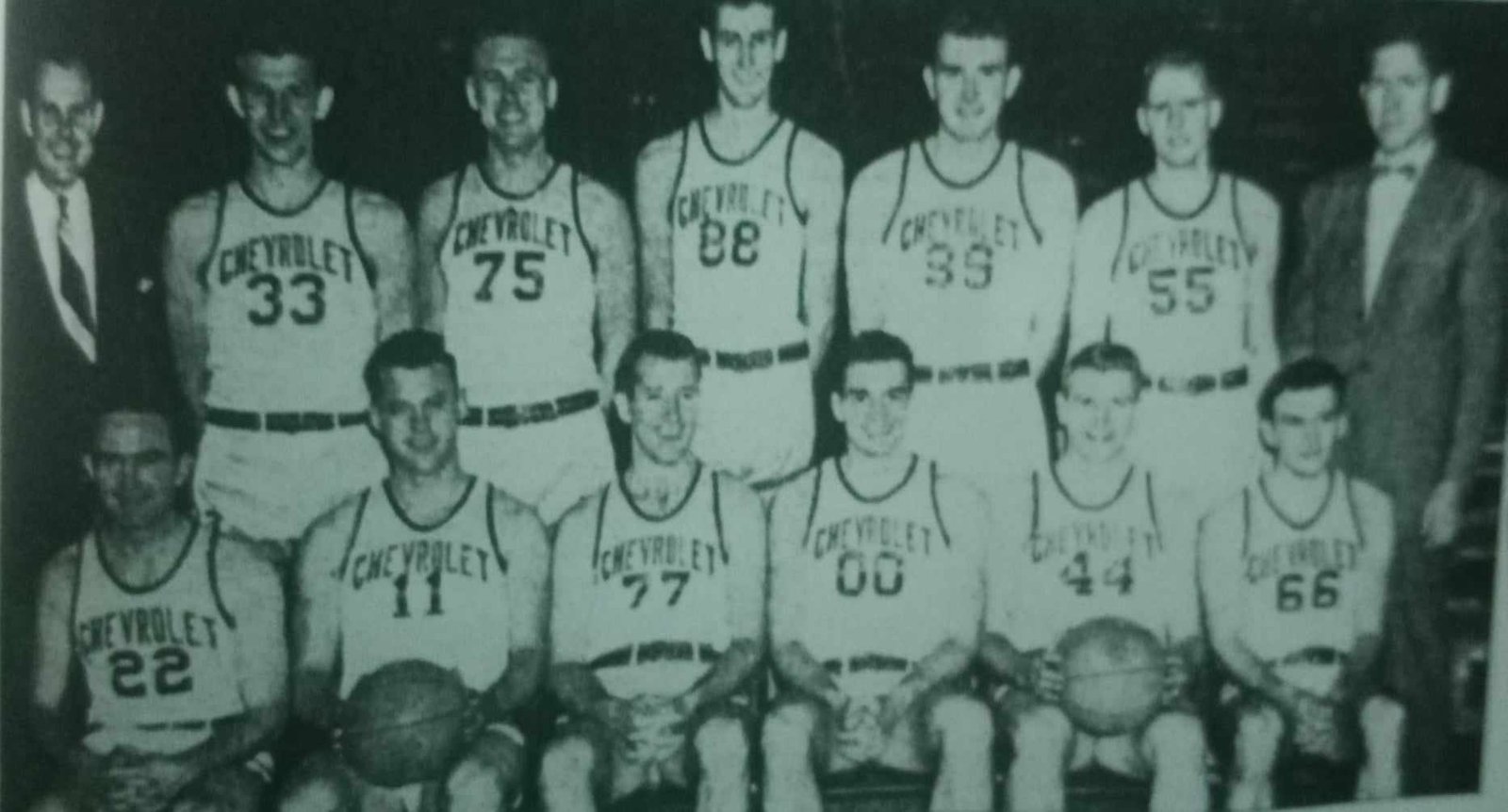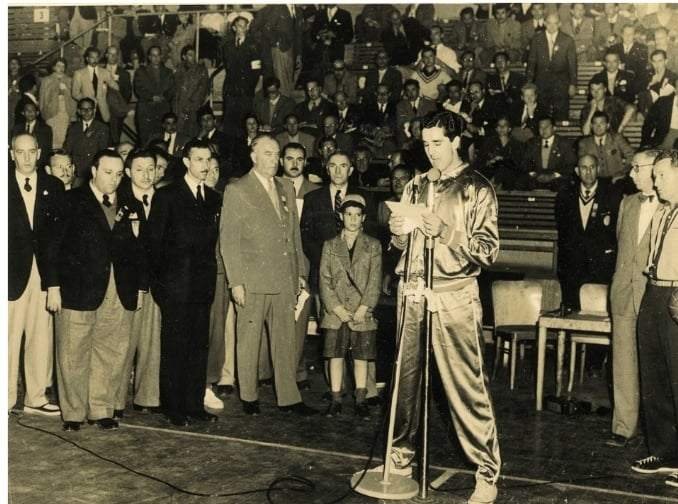
by Henry L. Liao
Not known to many, the FIBA World Cup – which was known as the FIBA World Basketball Championship from 1950 to 2010 – endured a humbling beginning.
For one, the powerhouse United States did not even take the so-called “Olympics of Basketball” seriously until 1994 when Team USA sent an all-National Basketball Association (NBA) unit for the first time ever in the quadrennial competitions.
For the Americans, it’s the Olympics itself that is the No. 1 global attraction in basketball, sending the original Dream Team of NBAers for the maiden time during the 1992 Barcelona Games.
The entry of professionals became a reality when on April 7, 1989, in Munich, Germany, the FIBA overwhelmingly voted, 56-13, to invite both amateurs and pros to its international events under its “open basketball” policy.
Before that, the U.S. was represented by players from the Amateur Athletic Union (AAU), Athletes in Action (AIA) or premier colleges and universities.

+++
The FIBA World Cup staged its inaugural competitions in Buenos Aires, Argentina from October 22 to November 3, 1950.
Argentina incidentally was FIBA’s only non-European charter member.
There was no television coverage and the games received limited journalistic ink. Even the venue of the games was state-of-the-art.
The 1st WC tournament was held at the old Luna Park sports hall with the playing court encased in a wired net cage to prevent the throwing of objects, such as bottles or cushions, by enraged or enthusiastic spectators.
At the time, only a few people knew that the American slang expressions of “cagers” to denote basketball players was derived from the old practice of enclosing basketball courts with such wired nets perpendicular to the boundary lines to prevent the ball from going out of bounds.
A total of 10 countries took part in the inaugural festivities – the United States, France, Brazil, Egypt, Chile, Spain, Peru, Yugoslavia, Ecuador and host Argentina.
The first-ever game featured Peru and Yugoslavia. The Peruvians won, 33-27. The firs point ever – a free throw – was scored by N. Popovic of Yugoslavia.
The winless Yugoslavs (0-5) were relegated to last place in the tournament for refusing to play against Spain in the Classification Round for seventh to 10th places.
They thus became the first team ever to forfeit a game in the Worlds and consequently were slapped a nine-month suspension from all international basketball activities by the FIBA.
+++
In the gold-medal game, Argentina, cheered by a home crowd of over 25,000 fans at the Lima Luna Park Arena, whipped the United States, 64-50. It was the tournament’s highest-scoring contest.
The Americans, who were powered by the AAU’s Denver Chevrolets, trailed by 10 points, 34-24, at halftime, and while they managed to close the gap to 40-37 in the second half, the Argentines were never seriously challenged.
The finals turned out to be a free-throw shooting contest. Argentina connected on 32 charity shots (compared to the U.S.’s 14) as the Americans were whistled for 38 personal fouls even as seven of their played fouled out. The US unit played with only four men for the final 1.5 minutes.
Argentina finished the tournament with a perfect 6-0 record while the U.S. settled for runner-up honors with a 5-1 card.
- Around the NBA: Jokic’s Record Night, Lakers Exposed, Thunder Warning Signs - December 27, 2025
- Northport draft pick joins long list of Tiong Lian alumni in PBA - September 11, 2025
- PBA@50 - September 10, 2025



![Kai Sotto [FIBA.com photo]](https://sportsbytes.com.ph/wp-content/uploads/2021/01/4622.jpg)